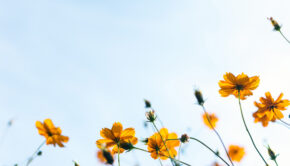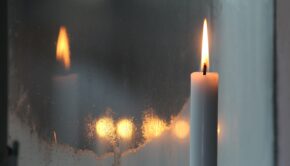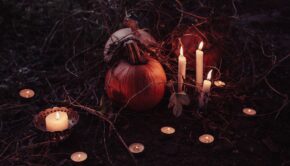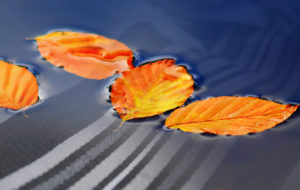Trees, Chanukkah Light and Torah
We are getting close to Chanukah, and I’m looking forward to seeing the Chanukah candles flickering and glowing. Every year I appreciate their beauty.
Everyone has a Winter Solstice festival. Christianity got the idea for the Christmas tree from earlier European indigenous peoples who saw in the evergreen pine tree the symbol of renewal of life despite the cold and dark of winter. The Romans had Saturnalia, and even where I grew up in Hawaii (where they really don’t have anything you could call a winter) they had a kind of ancient Hawaiian Olympics festival called Makahiki. Judaism had a slightly different way of saying a similar thing: In Israel December is the end of the olive harvest. Olive oil was used for everything in those days, cooking, anointing, and maybe most importantly, to burn for light. Chanukah evolved from an agricultural celebration of the olive harvest and the beautiful clear light of olive oil lamps in the dark of winter.
Am I saying that we’re all doing the same thing and it doesn’t matter what we do? No, not at all. Many cultures have similar winter light festivals, but each has a unique point of view. To see the Jewish perspective we need to look more closely at the olive oil and its light.
Light is a universal symbol of knowledge. In Judaism the light of the menorah reminds us of Torah. And one way of understanding the fight of the Maccabees was that they were defending the Torah. The Greek empire was different from the others that the Jews had known in their already long history of fighting off aggressive empires. The Greeks brought with them the intellectual and cultural riches of Hellenistic philosophy, art, language and science. They were interested in more than colonizing the known world. They wanted to spread their own ideas and educate the world.
Many Jews were all in favor of this and they quickly began to assimilate. But there were others, like the Maccabees, who felt that as attractive and advanced as Greek ideas and culture were, it was not a replacement for Torah. Greek philosophy looked at the Eternal Forms of Plato, while Torah was like the tree — and the menorah is in the shape of a tree — in that it stays rooted in its past but is also constantly growing and changing. The Torah teaches the paradoxical truth that anything that would be “eternal” needs to grow and change. It needs to be alive like a tree.
The interesting thing, though, is that after the famous victory of the Macabbees over the Greeks the Jews didn’t retreat into a period of splendid isolation, but instead they began a period of great creativity through mixing and borrowing between Greek and Jewish cultures. Perhaps they needed to defend the essential idea of Torah’s integrity, but once that had been established they felt freer to mix and borrow and create new forms.
So too, for us, as we enter this season of celebrating the light within the darkness, we can light our menorahs with a proud and secure feeling of our own unique and beautiful path of Torah, and with that pride and security we can look out and appreciate the many other ways that peoples of the world celebrate the light within the darkest time of the year.
After all, we light the menorah in our homes, letting the light start from inside and shine outward, through our windows into the world. In this way, Chanukkah is a wonderful reminder of something that we can well reflect on no matter what time of year: when we are secure and confident in our own “homes,” our beliefs and our values, we carry that light with us out into the world and we can be open, clear and creative, knowing that the light is always shining within us.






